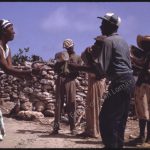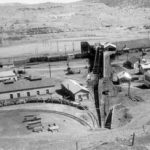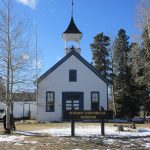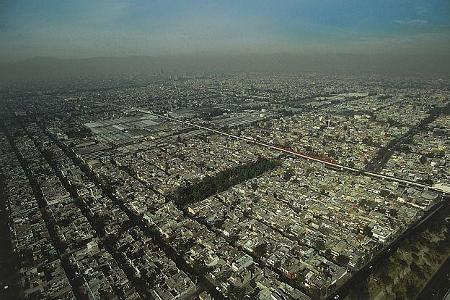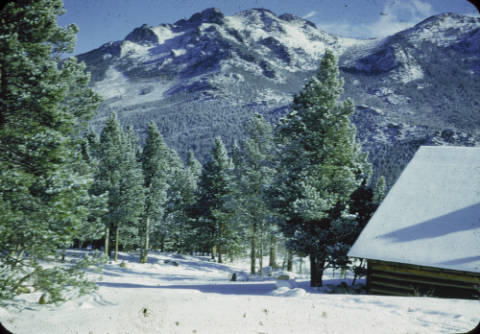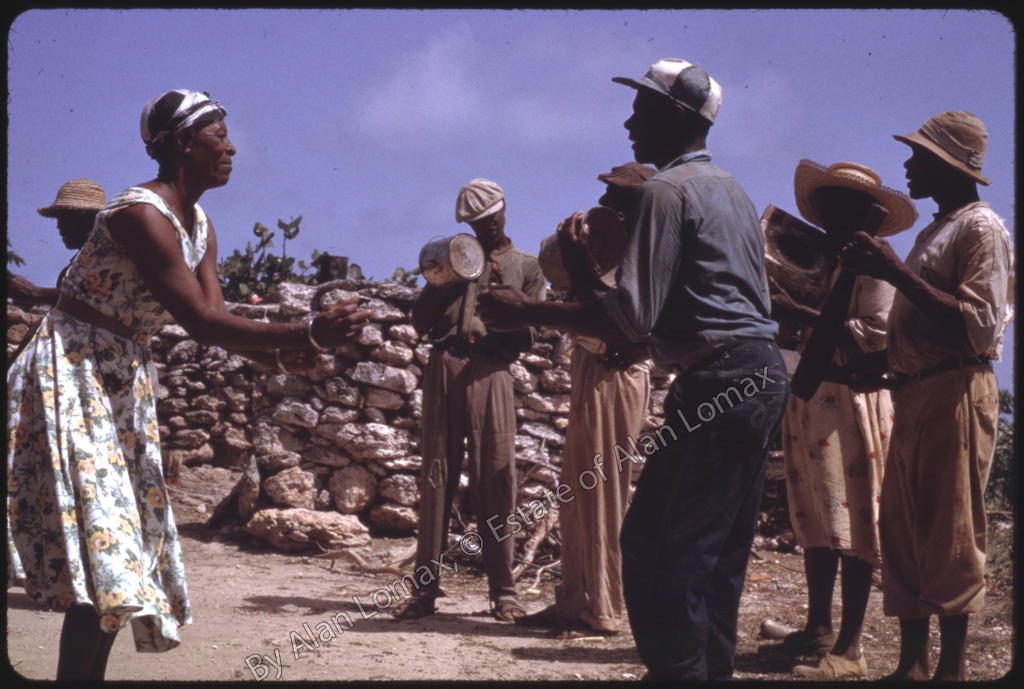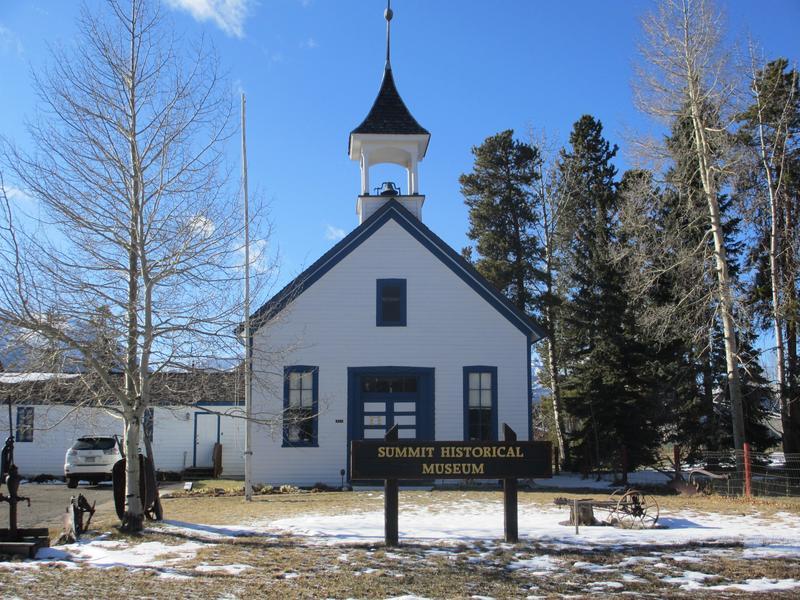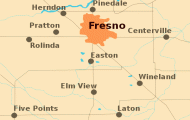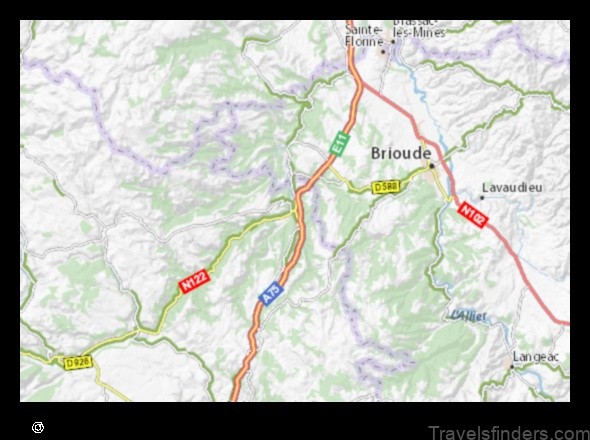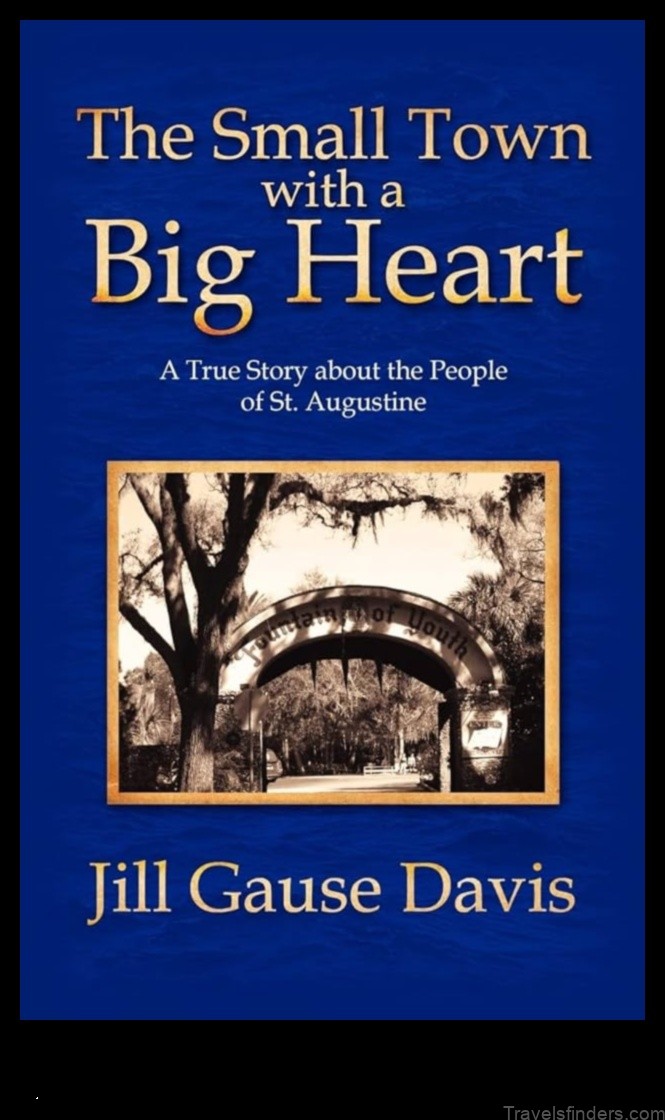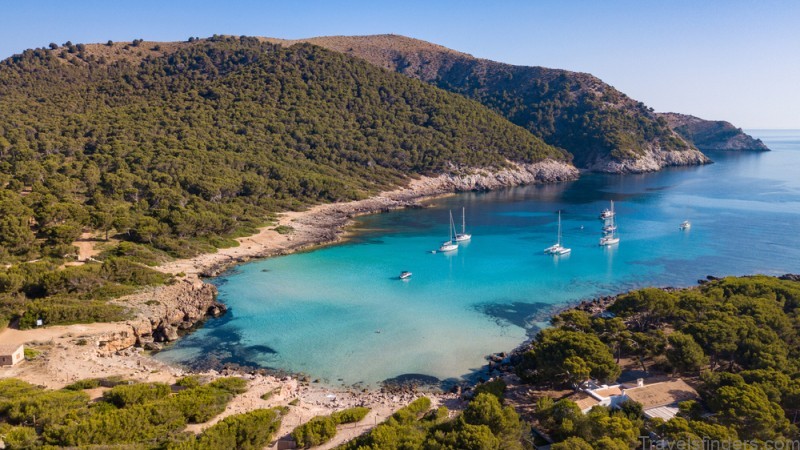The same radical politics of Chicano nationalism spilled over into rural San Luis when, in 1978, three Chicano activists formed the Land Rights Council of San Luis to fight for the return of the town’s communal land rightsrights that were taken away in a 1965 District Court decision. The LRC’s foundersRay Otero, Shirley Romero-Otero, and Apolinar Raelseized upon the electric atmosphere of the day and formed an organization dedicated to using the legal system as a tool to achieve validation of their lost rights. Twenty-four years after its founding, the LRC emerged victorious. In 2002 the Colorado Supreme Court ruled in favor of the Latino residents of San Luis and validated their communal land rightsessentially overturning the 1965 District Court ruling. The precedent-setting decision changed the way the state’s courts view Spanish-language documents, Mexican law and customs, and Mexican land grants. In 2004, the United States Supreme Court further legitimized the State Court’s ruling when it refused to hear appeals by the other side, allowing the lower court’s ruling to stand. Within hours of the decision, descendants of the original settlers on the Sangre de Cristo Land Grant entered La Sierra for the first time in decades. The San Luis victory stands as one of the most significant events in the history of Colorado’s Latino population.
At the same time, Colorado’s Latinos made other notable accomplishments. Of all of the achievements, the most prominent was the election of Democratic State Senator Federico Pena as Mayor of Denver in 1983. Pena was born in Laredo, Texas and moved to Denver in 1973 to work with the Mexican American Legal Defense and Education Fund on desegregating Denver’s public schools. In 1979 Pena was elected to the state legislature, where, in his second term, he became the leader of the State Senate’s minority Democrats. Although a fast riser in the Democratic Party’s ranks, Pena was still relatively new to the city and did not have the long-standing political ties of his opponents. In spite of the odds against him, Pena ran his mayoral campaign on a broad-based platform that focused on civil rights, city planning, and economic development. As the centerpiece of his
vision, Pena asked Denver voters to imagine a great city centered on an ambitious center-city concept that mixed new construction, historic preservation, and racial as well as social equality of the City and County of Denver’s diverse groups.
Pena’s vision resonated with Denver’s electorate. On Election Day in 1983, more than 63 percent of registered voters in the City and County of Denver came out to votea record that has yet to be matched in Denver’s mayoral history. Pena, with the near unanimous support of Latinos and other groups of color, became the City and County of Denver’s first Latino mayor. The Pena administration proved to be a watershed in Denver’s history, preparing the city for the challenges of the new millennium. In his 8 years as mayor of Denver, Pena tirelessly promoted nationally renowned large-scale public works projectsincluding the Denver International Airport, the Denver Convention Center, the upscale Cherry Creek shopping district, development of a new main library, and the completion of the Denver Center for the Performing Arts as the largest theater complex in the nation outside of New York’s Lincoln Centerwhile also driving a realignment in the racial politics of the city. Most importantly, Pena and his administration quietly pushed racial and social equality in all levels of city government. Although Pena’s administration was not without controversy, his detractors conceded that he opened the door so wide that when two black men ran to succeed him, the color of their skin never became a campaign issue.5
In spite of the many accomplishments of Latinos at the end of the twentieth century, many long-standing residents and recent Spanish-speaking newcomers to the state continued to encounter political, social, and institutional barriers in the state. As was true throughout most of the twentieth century, Latinos are Colorado’s largest and fastest-growing non-White community. Yet poverty, nativism, racial profiling, and educational inequity too often define the contemporary experiences of Latinos in the state. As they have done historically, Latinos undoubtedly will continue to resist their marginalization and stake their claim in shaping the history of Colorado and of the nation.
notable latinos
Sandoval, Teresita (1811-1894). Sandoval was one of the founders of El Pueblo trading center in 1842. This multiracial trading and agricultural community would later be known as Pueblo, Colorado.
Chacon, Raphael (1833-1925). A farmer, rancher, merchant, sheriff, politician, soldier, and author, Chacon’s memoirs in the early 1900s provide a unique and rare glimpse of this tumultuous period from a Latino perspective. Chacon served several terms in the Colorado Territorial Legislature. He resided in Trinidad, where he operated a ranch until his death.
Barela, Casimiro (1847-1920). Barela was a politician, newspaperman, community leader, Las Animas County Justice of the Peace, assessor, and territorial representa-
tive. In 1875 he served as a delegate to Colorado’s Constitutional Convention. In 1876 he was elected to his first term as state senator. He printed two Spanish-language newspapersone in Trinidad and one in Denver. He served 37 years in the Colorado Senate.
Rael, Apolinar (1899-1993). Rael, a native of San Luis, served as a community organizer, a Chicano movement-era activist, a rancher, and cofounder of the Land Rights Council of San Luis in 1978. He would be the heart and soul of the San Luis land rights movement, even after his death.
Valdez, Bernard (1912-1997). The Manager for the Denver Department of Social Services from 1963 through 1979, Valdez served on the National Council of Community Relations (Department of Justice), National Advisory Committee on Mexican-American Education, and select committees on Educational Opportunity and Bilingual-Bicultural Education.
Sanchez, Francisco Paco (1915-1973). Born in Guadalajara, Mexico, Sanchez was the radio voice of Denver’s Mexican and Mexican American communities until his death. Along with Levi Beall, Sanchez founded Denver’s first Spanish-language radio station, KFSC, in 1954, where he was known for his biting commentary.
Tafoya, Charles (unknown-1999). The executive director of the Latin American Research and Service Agency from 1967-1973, Tafoya was a leader in Denver’s American Federation of State, County and Municipal Employees, the AFL-CIO, Latin American Education Foundation, American G.I. Forum, Metropolitan Fair Housing Center, Westminster Elks, East Side Health Board, American Legion, Colorado Business Advisory Council, Adams County Improvement Association, and the Disabled American Veterans.
Gonzales, Rodolfo Corky (1928-2005). Gonzales, an author, activist, and prizefighter, organized Denver’s and the Southwest’s Mexican American community around Chicano nationalism. Born and raised in Denver’s east side, where he had a dramatic rise and eventual break with the local Democratic Party, Gonzales and the organization he foundedthe Crusade for Justicesymbolized widespread discontent with the tenants of modern liberalism.
Otero, Ray (1945-). Born in Fruita, Colorado, Otero served as an army paratrooper during the early years of the Vietnam War. After military service, he became active in the Chicano Movement. He first became a vocal advocate for educational equity on Colorado’s Western Slope. He later joined ranks with Reyes Tijerina in the New Mexican Land Grant Movement. Recruited by local activists in San Luis, Colorado, he relocated to that community and became integral to its land grant movement. As cofounder of the Land Rights Council of San Luis in 1978, Otero would help bring about the legal victory in 2002 that ended the struggle over land rights.
Pena, Federico (1947-). Pena served as the City and County of Denver’s first and only Mexican American mayor. A former state-senator and lawyer for the Mexican American Legal Defense and Education Fund (MALDEF), Pena served as secretary of transportation under President Bill Clinton.
Falcon, Ricardo (1950-1972). Falcon today stands as one of the most well-known martyrs of the Chicano Movement. A Chicano activist, focused mainly on Chicano issues
in rural northeastern Colorado, he was murdered at age 22 en route to the La Raza Unida Party convention in El Paso, Texas, in 1972. Today, his name is synonymous with the Chicano struggle for justice.
Romero-Otero, Shirley (1950-). A native of San Luis, Romero-Otero first learned of the Chicano Movement through a college Chicano history class. She took what she learned and became an inspiring advocate for the San Luis land rights movement. In 1978 she cofounded the Land Rights Council of San Luis and became a lifelong Chicana civil rights activist and community organizer. She is also a dedicated educator and advocate for educational equity on Colorado’s Western Slope.
Falcon, Pricilla (1951-). The widow of slain activist Ricardo Falcon, Pricilla Falcon is a Chicano studies professor at the University of Northern Colorado and a well-known community activist.
Garcia, Tony (1953-). Since 1974, Garcia has served as the artistic director of El Centro Su TeatroDenver’s Chicano theater troupe. In 1991 he became Executive Director, and assumed both titles in 1996. El Centro Su Teatro is the third-oldest Latino theater troupe in the country. Garcia is also a well-respected playwright, author, professor, and recipient of numerous national theater awards.



